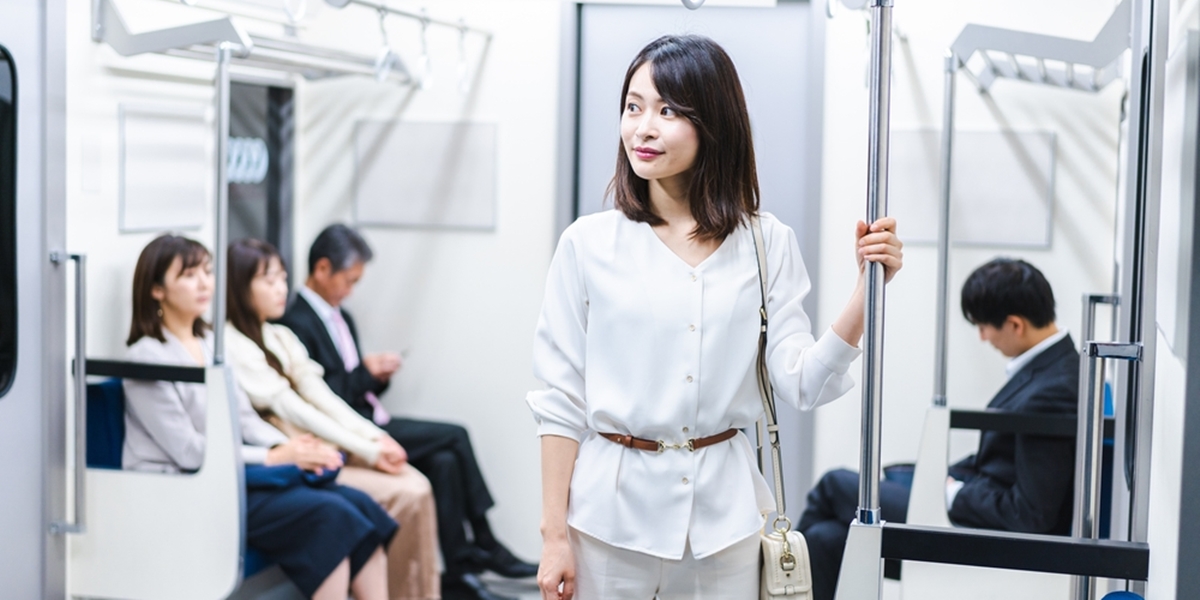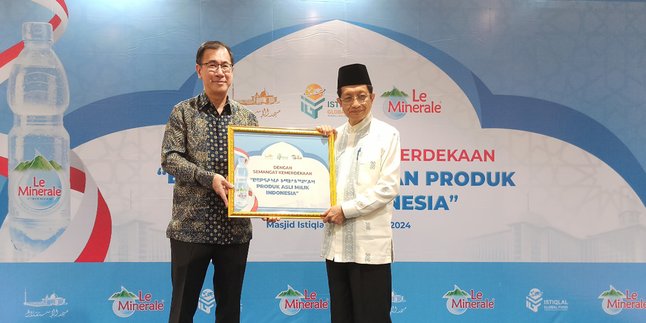Kapanlagi.com - Working in a big city certainly comes with many challenges. Traffic jams are the main issue that makes travel time to anywhere longer. In addition, for workers who live in the suburbs, they also have to be willing to leave early in the morning and return late at night due to the considerable distance.
For commuting friends who are used to spending hours on buses or trains during their journeys, one common health issue they often experience is back pain, muscle, and joint pain. At first glance, it may seem trivial, but if it happens frequently, it can disrupt mobility and concentration while working. To be free from this condition, here are some life hacks that you must try!
1. Change Your Sitting Position Every 30 Minutes

Illustration of a woman in public transport. (c) Shutterstock/oatawa
When on a train or bus, you can try to change your sitting position every 30 minutes. The space may be limited, but you can try to move and stretch your body during the journey. With this simple trick, you can prevent the muscles around your waist from becoming strained while also improving blood circulation to avoid the risk of pain.
Moreover, back pain can occur not only for those who sit for too long. Those who don’t get a seat, meaning they stand the entire time while commuting on the KRL, are also at risk of muscle and joint pain, especially around the legs due to supporting the body for long periods. To minimize this, you can try to move your body every 15 minutes. Also change your standing position; for example, if there’s an opportunity to lean against a wall or near a door, it can help relieve the burden on your leg muscles while standing.
2. Learn Stretching Techniques to Prevent Lower Back Pain

Illustration of public transport passengers. (c) Shutterstock
For those who often travel long distances by bus or train and are at risk of experiencing lower back pain, it is very important to learn stretching techniques. These movements can help reduce the risk of lower back pain, muscle, and joint pain that often occurs when sitting for long periods while commuting. Light stretching movements such as stretching the shoulders to the right and left, forward stretch or bending the back forward, can be a good option when sitting for long periods during commuting.
3. Don't Forget to Meet Your Fluid Needs

Illustration of a woman drinking plain water. (c) Shutterstock/miya227
In the midst of busy activities outside the home, sometimes you forget to pay attention to your body's fluid needs. Admit it, who often does this? Don't let it happen, because dehydration can not only make you weak, but also increase the risk of lower back pain, muscle, and joint pain. How can that be?
When the body is lacking fluids, it can trigger muscle stiffness. This not only makes you more susceptible to cramps but also increases the likelihood of experiencing lower back pain, muscle, and joint pain. So, make sure to always bring water while being active and consume it regularly to minimize this issue.
4. Prepare First Aid to Relieve Back Pain
Even though various prevention tricks have been tried, sometimes back pain, muscle aches, and joint pain can still strike during long commutes. Don't let this disrupt your daily activities. Let's prepare first aid that can effectively help relieve back pain!
Drink Oskadon SP, a medication for relieving back pain, muscle aches, and joint pain produced by PT Tempo Scan Pacific, a 100% Indonesian company. Oskadon SP has the Active OK Formula that actively relieves pain and does not cause drowsiness. So, there's no need to hesitate to consume it during work breaks because it won't make you sleepy.

So, for all commuting friends, it's time to say goodbye to back pain, muscle aches, and joint pain. Always have Oskadon SP ready, which you can buy at the nearest minimarket or online at the official Tempo Store available on your favorite e-commerce here. Oskadon SP, Back Pain, Muscle & Joint Pain Gone, Let’s Go! Pancen OYE!
(kpl/wri)
Disclaimer: This translation from Bahasa Indonesia to English has been generated by Artificial Intelligence.
















